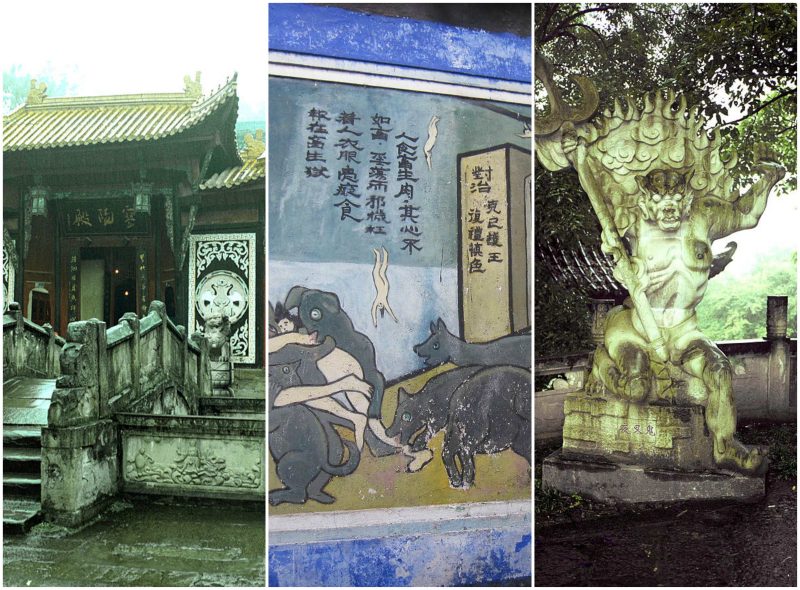There are many historical locations and sacred grounds that are dedicated to the afterlife scattered throughout the world. There are festivals celebrating it as well: the Christian All Souls’ Day, Dia de los Muertos in Mexico, Gai Jatra in Nepal, and various other cultures have diverse concepts of death and the afterlife but the main essence is almost always the same. On Ming Mountain in the Fengdu County of China lies the mystical “Ghost City,” which is dedicated to the souls which have departed this world.
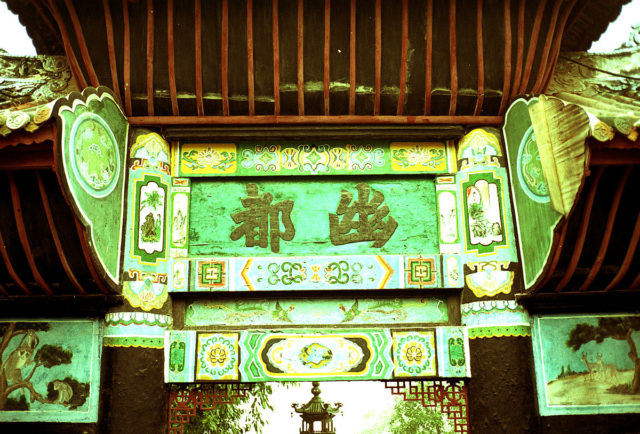
The Fengdu Ghost City is a complex of shrines, monasteries, and temples, and has a history of more than two thousand years. It is situated on the northern bank of the Yangtze River. Legend has it that the Ghost City got its name from two imperial officials, Yin Changsheng and Wang Fangping, who practiced Taoism on Ming Mountain and achieved immortality in the process.
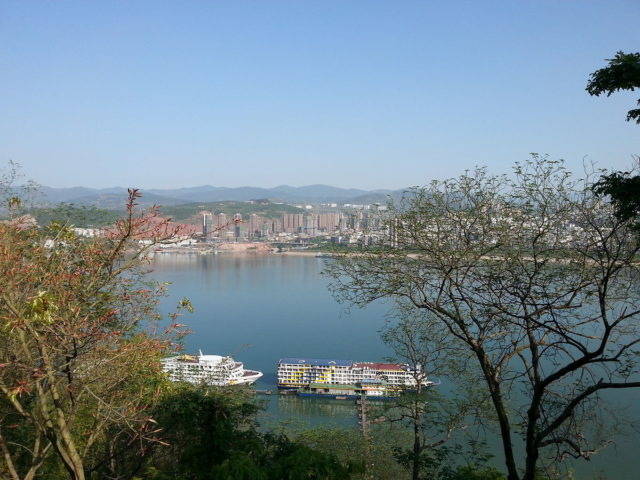
The combination of their names, “Yinwan,” means “King of Hell.” During the Tang Dynasty, a remarkable temple was erected that depicted hell and the afterlife. It was modeled after Diyu, the Buddhist concept of the underworld, and consists of structures, dioramas, shrines, and statues.
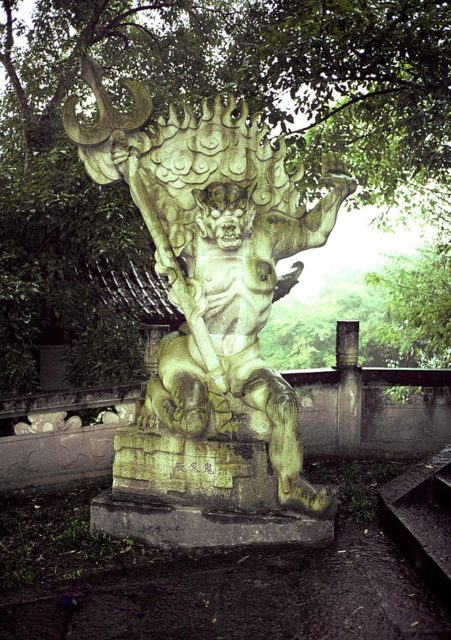
The area became separated from the city of Fengdu because of the rising water levels and the Three Gorges Dam. It was rebuilt higher up the mountainside on the southern side of the river.
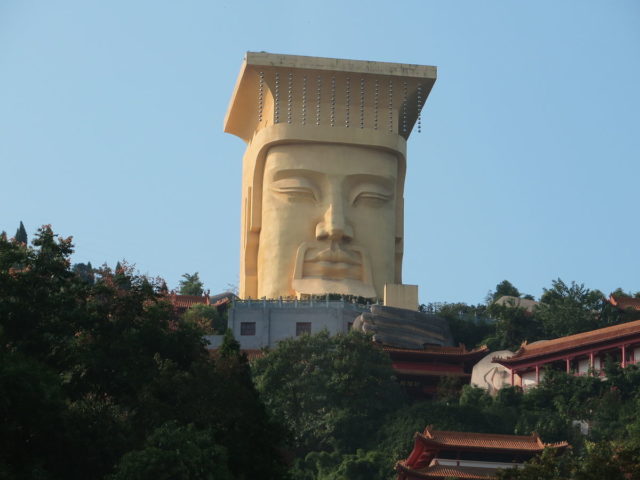
According to Chinese beliefs, to go to the afterlife, the dead must pass three tests. First, they must pass the Bridge of Helplessness, a Ming Dynasty stone bridge that connects with the netherworld and tests the goodness of people, while demons forbid or allow passage at the bridge. Wicked people were pushed over the bridge to fall into the water below, while the good were allowed to pass. The process is now an amusing tourist attraction as performers dress up as demons to momentarily stop tourists but finally allowing them access.
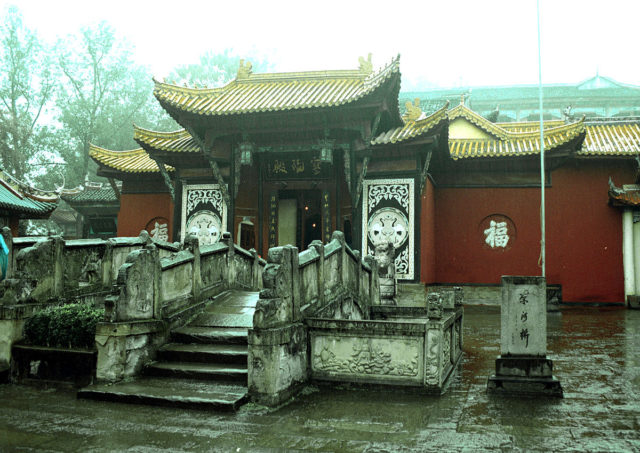
The second test is to proceed to the Ghost-Torturing Pass, an area in which there are large sculptures of demons. The dead arrive and are presented before Yama, the King of Hell, who will pass judgment upon the dead.
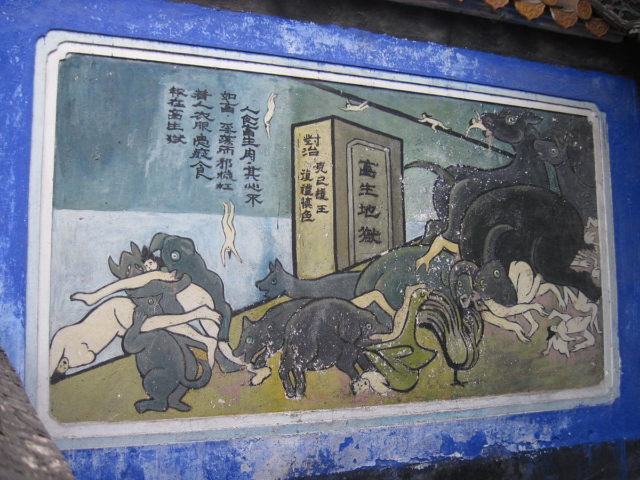
Finally, the third test is to stand on a stone on one foot for three minutes. The trial is done at the entrance to Tianzi Palace, which covers an area of 2,908 yards. It has a history of 300 years and is the oldest temple on Ming Mountain. According to the legend, a bad person will fall off the stone and be condemned to hell.
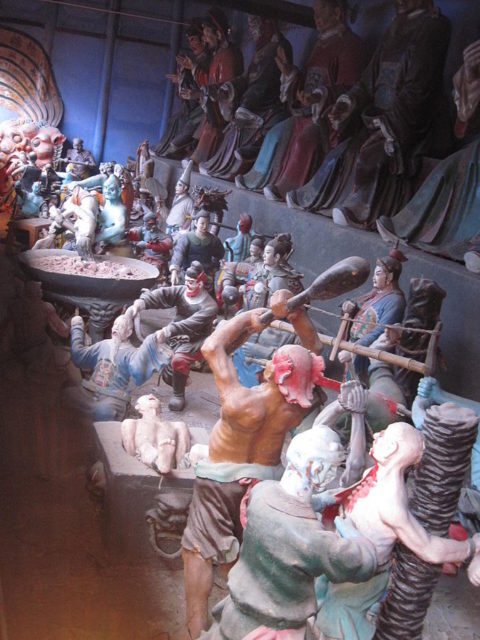
There is also the Home Viewing Pavilion, where the dead are granted one last chance to look towards their home and loved ones. It was built in 1985.
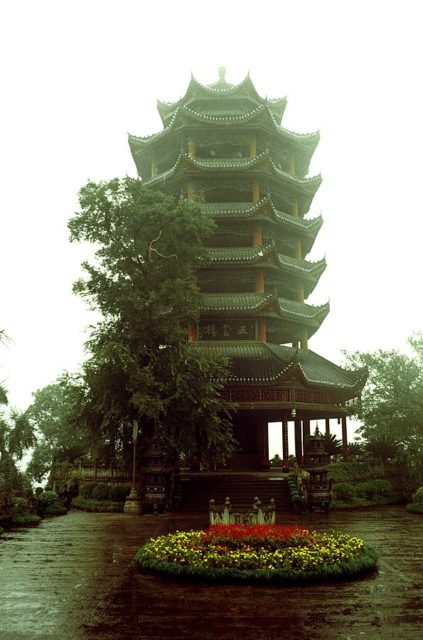
The ancient craftsmanship, architecture, and the eerie statues are a constant reminder that the “Good will be rewarded with good, and evil with evil.” The statue of the drunkard ghost, the ghost king, the lustful ghost, and many others are a sight to behold.
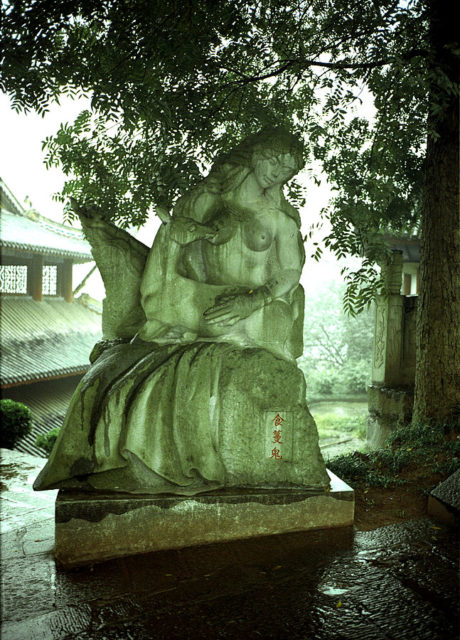
In recent years, Fengdu Ghost City has become a well-attended tourist attraction. Cruise boats that carry many tourists come and stop at the docks, where the tourists are guided halfway up the mountain and from there, they continue to the Ghost City via open-air escalator.
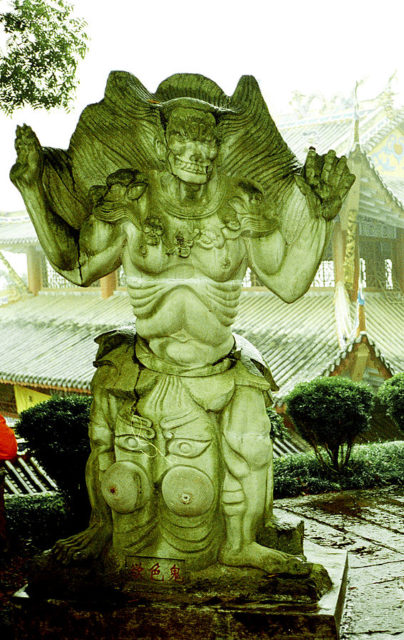
The myriad of tales and ghost stories that are told in Fengdu are no surprise, as the vast complex of shrines had once been a Taoist cemetery. The bustling city is very active and lively at day and some people believe that it’s crowded with ghosts at night.
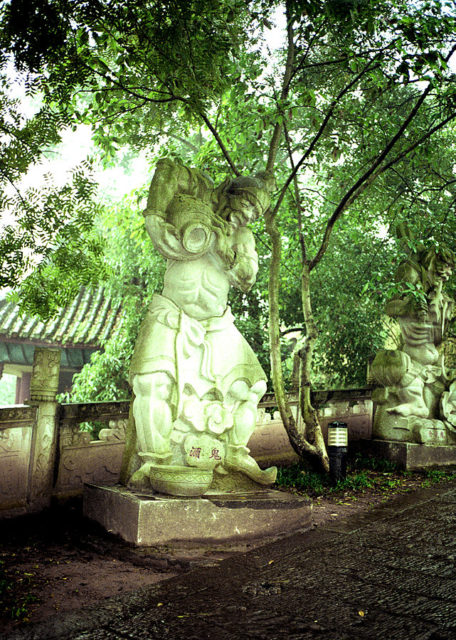
The otherworldly city is also mentioned and vividly referenced in many famous literary works such as Journey to the West and Apotheosis of Heroes and still continues to intrigue and haunt many tourists to this day.
